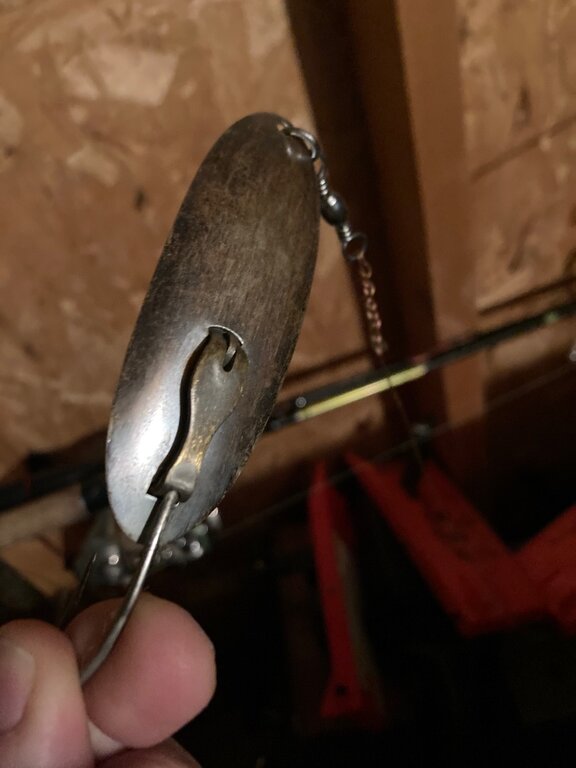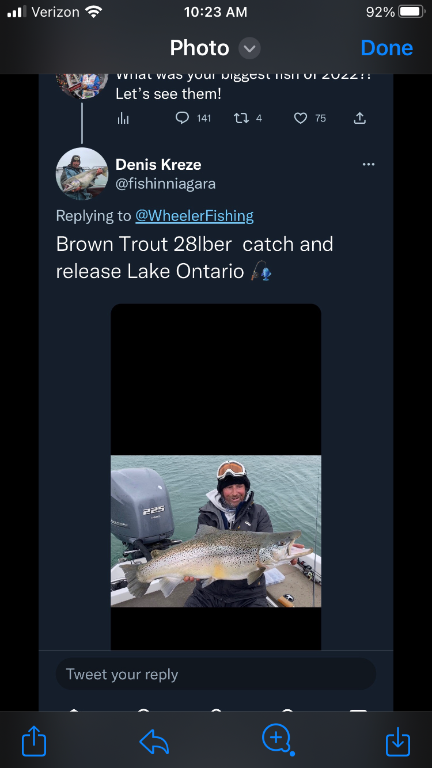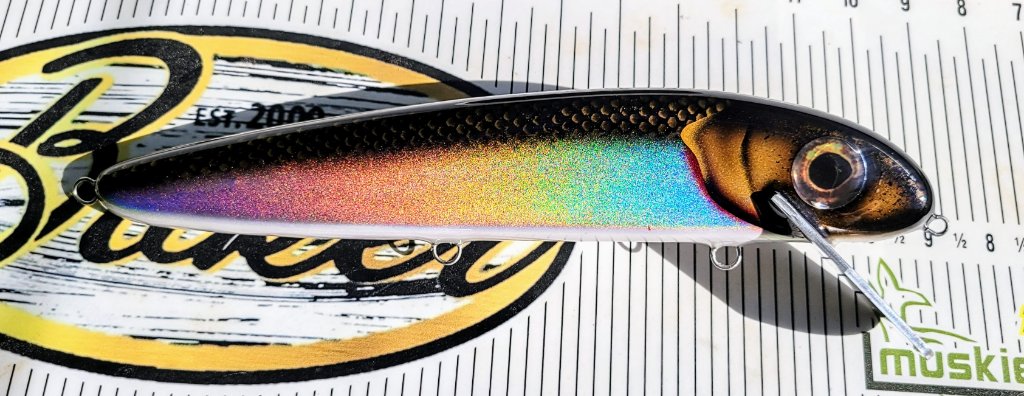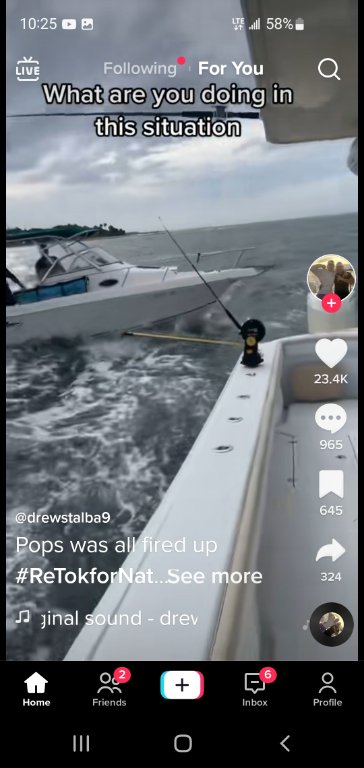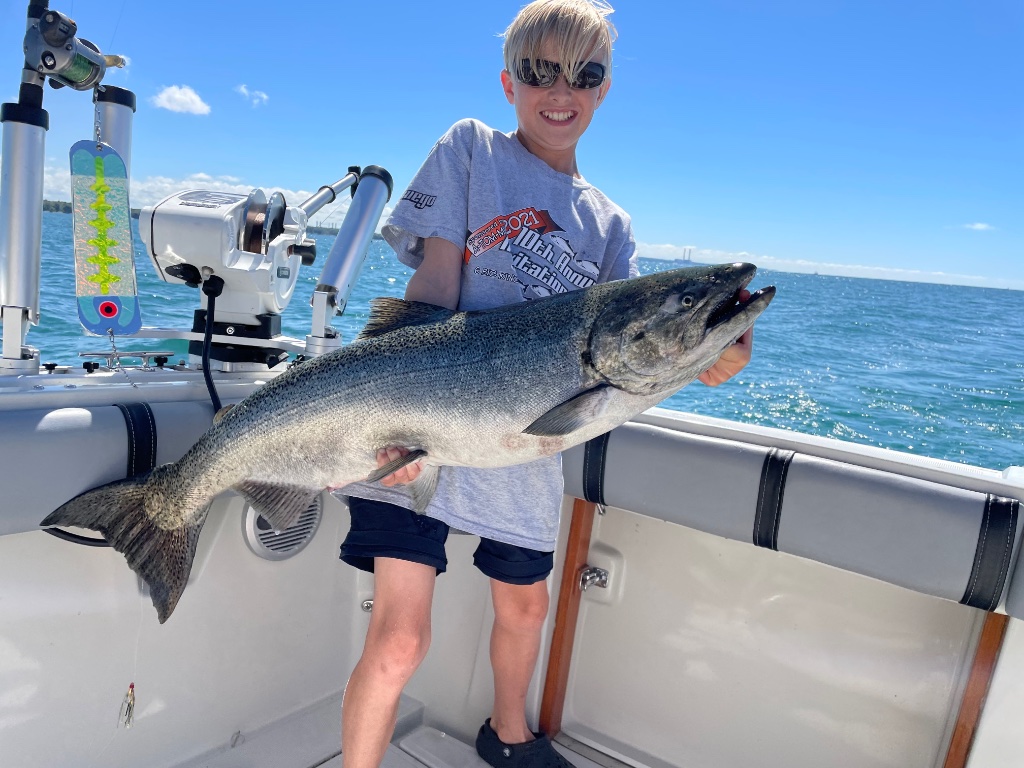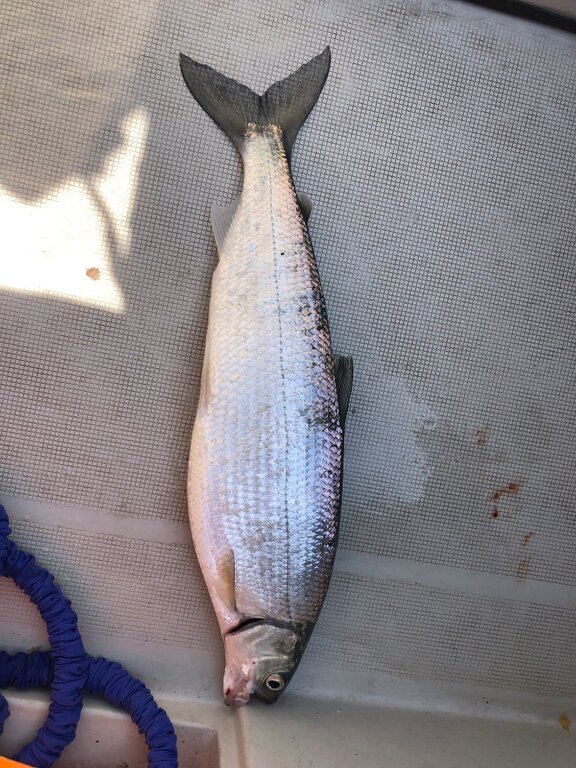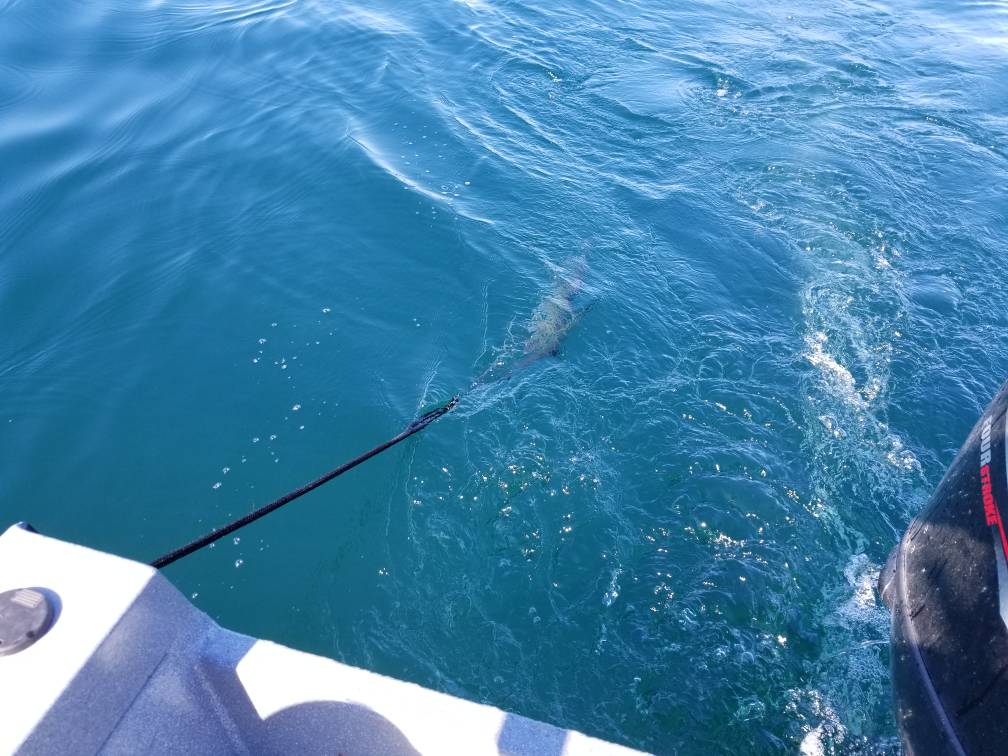-
Posts
1,545 -
Joined
-
Last visited
Everything posted by TyeeTanic
-
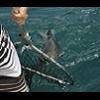
What is the name of this lure and which fish does it catch
TyeeTanic replied to maisie's topic in Open Lake Discussion
-
-

Flordia fishing charters? 2/14/23 Report
TyeeTanic replied to reeltrout's topic in Open Lake Discussion
-

Flordia fishing charters? 2/14/23 Report
TyeeTanic replied to reeltrout's topic in Open Lake Discussion
The Gulf is VERY shallow, which means warmer water. You have to go really offshore to get into some really big game fish. Now, February water will be colder, so I've seen on occasion people catching smaller tuna, or wahoo. I've caught a 15 lb Amberjack ... that was a nice fight, but it was a few days after a huge storm, and that's what brought them in. I'd say you have to be pretty lucky to get one of these types of larger fish. Typically what is caught is red snapper, hog fish, grouper (check whether season is open for grouper) ... smaller fish are what you get ... around the 2 lb to 5 lb mark. It's more volume than fighting. The most fun I've had on the Gulf is booking a charter that took us to a sunken ship, and we fished Goliath Grouper (catch and release). What I've always missed, due to not being there at the right time, is Tarpon fishing. From what I recall, in the Sarasota area ... May is the best month. -
The info comes from the Associated Press ... but I can't figure out how to get the link ... it just shows as a summary on my Google Search. This one results ... but I see that the Dems here have 50 votes, but that includes 2 independent parties (which I assume are leaning Democrats). So I think that is where the Associated Press says it's actually 48 for the Dems, 2 Independent, 49 for Republicans and 1 vote for the VP (Dem). See here (to reiterate, look at the notes below the 50 count for the Dems ... it includes 2 independent seats). Senate Midterm Election Results 2022 | CNN Politics So there's only 1 senator seat up for grabs in Georgia?
-
So, I'm looking at the live results ... Dems have 48, and Republicans have 49 in Senate ... Aren't there 2 senators per State? Is it only 1 up for grabs in Georgia ... or both? Also, it says Dems have 48 seats, not 50 ... ?? Or are they counting the 2 "other" parties as Dems ... why Dems ... are they just left leaning?
-
Can someone give a current status on the midterms? High level? From what I see ... Republicans need 1 more seat to control the house, and that seems like a 100% certainty, so we can conclude Republicans will control the house? For Senate ... it's tied (Dem has one more if you consider the VP (Dem) vote). Georgia will decide whether the Senate is controlled by Dems or Republicans? Do I have that right?
-

One Musky Lure to Rule Them All...
TyeeTanic replied to BlueEye's topic in Musky, Tiger Musky & Pike (ESOX)
-

One Musky Lure to Rule Them All...
TyeeTanic replied to BlueEye's topic in Musky, Tiger Musky & Pike (ESOX)
-

Salmon Staging Big Salmon and Little Salmon Rivers
TyeeTanic replied to Just1skipper2's topic in Open Lake Discussion
I agree, I think when they stage, they don't really care about temperature, and may sit in warmer water, although I can imagine if it gets too extreme due to wind bringing in warm water, they may move out deeper a bit. They'll then wait for the rains and cooler nights ... I believe the run is triggered by the temperature of the cooler river water when it rains. -
I'd call this parenting failure, and to be honest community failure. We get to nicey-nicey with the kids ... don't teach them respect, let them run around like savages ... they don't say please and thank you, hold doors open, greet people properly ... and it just ends up getting worse. That didn't happen 40 years ago ... if you didn't hold a door open for an old lady, you'd have half the neighborhood crapping you out. Anyhow, I'm sorry if I've taken this thread outside it's original scope, but I am a strong believer that all this behavior is a product of the new way to parent kids.
-

Techniques for Staging Kings (AFTER Derby!!)
TyeeTanic replied to ErieBuck's topic in Open Lake Discussion
-

Techniques for Staging Kings (AFTER Derby!!)
TyeeTanic replied to ErieBuck's topic in Open Lake Discussion
-
-

Techniques for Staging Kings (AFTER Derby!!)
TyeeTanic replied to ErieBuck's topic in Open Lake Discussion
Staging kings strike out of anger, rather than feeding. They aren't feeding. Brite colors, erratic lures (like plugs) are what you want to use to trigger them. My biggest, a 35 lb staging king ... was caught when we snagged the bottom, and I was driving the boat in an inward spiral to try and retrieve as much wire line as possible (salvage the situation) ... we had an angry king hit. It was all accidental actually, but then it got me thinking ... if you see some marks, why not just have 2 or 3 rods out to avoid tangles, and do some tight circles around them?? -
Not that it's funny, but it's at least strange ... we have this enormous lake (Lake O), and people feel the need to come within 100 ft of another boat ... like WHY?? If you want traffic, get in your friggin car and join the rest of Ontario on the QEW. It's just plain stupidity ... so much water, and they got to get on your butt. Makes no sense at all.
-

Fixed cheater over flasher?
TyeeTanic replied to hookedupf7's topic in Questions About Trout & Salmon Trolling?
Exactly. We always had short leads on the stacked line ... like 8 ft. -

Fixed cheater over flasher?
TyeeTanic replied to hookedupf7's topic in Questions About Trout & Salmon Trolling?
Yeah, I wouldn't do it. You'll fix the cheater with a rubber band ... the idea is the band will snap with a fish bite, and that cheater will slide all the way down to the flasher ... which will roll your line into a tangled mess. Rather used a stacked rod, or stick with cheater line on a clean spoon line. -

Sorry..Another diver question.
TyeeTanic replied to Shakemsam's topic in Questions About Trout & Salmon Trolling?
They tangled during deployment, or after a while of being in the water tangle free? Most of the time, I've seen tangles happen during deployment ... especially when you have the inside diver in the water, and try to deploy the outside diver. As you deploy, there is very little drag on the diver to bite into the water and pull the dipsey up and to the side ... imagine, it just sinks down almost straight in the middle of the boat ... and has a deep dive angle (like throwing a rock out the back of your boat). Then when you stop spooling it out, it bites, and goes up and to the side, and STRAIGHT into the inside diver line. The trick to deploying the outside, is to pull that rod to the side, and let it out REALLY slow, to keep it up and to the side, and away from the inside diver. If that's not the issue, it could have been bad currents, or tight turns ... -
Yes, that is an option too. To go on the backer. I did both actually. I just liked the to go on a (strong) leader ... it means that most of the time you don't need to take the diver off when reeling in a fish. I wouldn't put it on anything lighter than 20 lb though.
-

Need details on how people have hooked up their Smart Troll probes
TyeeTanic replied to chowder's topic in This Old Boat
I used the gen 1 on both rigger and diver lines ... I had no issue on the riggers ... divers sometimes got out of range ... not sure if it was just the angle and not seeing the transducer, or electrical interference which degraded the signal. They must have come a long, long way though, several years have passed since gen 1 ... and there's been a lot of use, so I'm assuming they would have made a few upgrades. -
I've used them to get my leadcore deeper. I generally connect them where the leader attaches to the main line ... don't want to risk a fatigue break on the leadcore (or copper in your case) from the pinching clips. Used OR16 clips to attach them to the leader. This way you can take them off quickly (if needed), when you reel in a fish.


